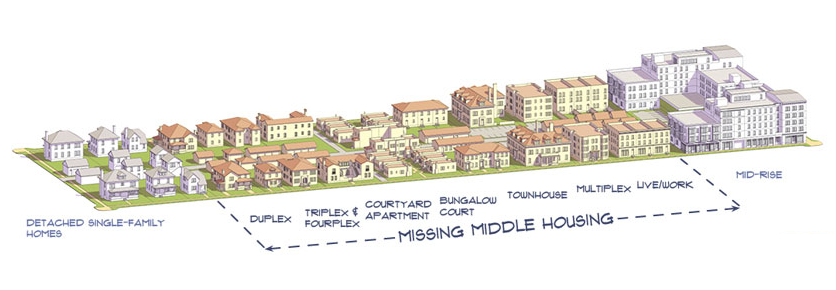Let us share with you our recent success of being approved by the City of St.Catharines to add 2 additional residential lots to an existing single family lot, with the potential to add 5 additional housing units within walking distance to a GO train station with daily service to Toronto.
Unfortunately the successful outcome of this approval was not a straight line. There were numerous stages to the process, and as a matter of fact, it ended up being perhaps the longest it could have been in a residential infill development application. So let us share with you what our steps were.
We’re going to just summarize it here, but if you’re interested in learning more about this project, and others we have or are currently working on, come to our site tour on Sunday February 23rd at 10am to our newly completed semi-detached homes in Hamilton. To sign up for that, head over to www.InfillDevelopments.com/sitetour and sign up! We’ll be sharing lessons learned from this project and others so that you can take advantage of similar opportunities with the benefit of some of our experience.
BACKGROUND OF THIS PROJECT:
Existing Property: Large single family corner lot sized 70’ x 105’ with an existing 1000 SF bungalow on a crawl space.
Proposed Property: 2 additional lots (3 in total), with semi-detached home with second suite in each (and possibly a second suite on existing house - bringing it from 1 housing unit to possibly 6 in total).
Sometimes you have to be creative for the best design. One of our new lots is an L shape.
You may be aware that doing a severance to a property is not “by-right” (meaning it is not something you can do without special permission from the city). You have to apply for minor variances and consent applications to do a land severance.
However, we had to first comply with the design requirements of the city’s Design Review Panel, which is a new part of the development process in St.Catharines.
Unfortunately we failed our first attempt, and had to go back to the drawing board to do a re-design. This came at a cost of both time and money. When we finally redesigned the project to their satisfaction, we were okay to move to the next step, which are the minor variances and consent applications for land severance at the Committee of Adjustments hearing.
At our Committee of Adjustments hearing months later, they ultimately rejected our application 3 votes NO and 2 votes YES.
That was a BIG blow to us!
After some analysis, we decided to appeal the decision by escalating to the LPAT (Local Planning Appeal Tribunal), because we felt strongly that this was a very positive contribution to the city as well as being potetially a very profitable project.
After months of waiting, we finally got our appeal hearing, where we had the help of legal council to show clear evidence on the benefits of this project.
Long story short, we’re happy to announce that we were recently notified that we got approval to move forward with the project.
So now the fun begins!
We’re currently looking at construction options to determine if it may be worthwhile to use a prefab approach or onsite construction.
We’re currently looking at construction options to determine if it may be worthwhile to use a prefab approach or onsite construction.
These properties are located within a 15 minute walk to the GO Train station, which now provides daily service to Union station in downtown Toronto. This project will definitely help to provide additional affordable housing units in a growing city with convenient transit access to the economic center of Canada as well, and should prove to be another profitable infill development project.
The lesson here is that any success in infill development, or real estate in general is not a straight line. There are bumps along the way, and you don’t alway succeed. But if you keep pushing, you will win more than you lose, which is what you’re after in the long run.
Additionally there were a number of lessons we learned ourselves here that if we had known, would have done things a bit differently, and want to share that with you in our site four or our In-Depth Infill Development Training Course.
If you’re interested in learning more about this and other infill development, make sure to download our FREE guide at www.InfillDevelopments.com and sign up for our upcoming site tour at www.InfillDevelopments.com/sitetour.





